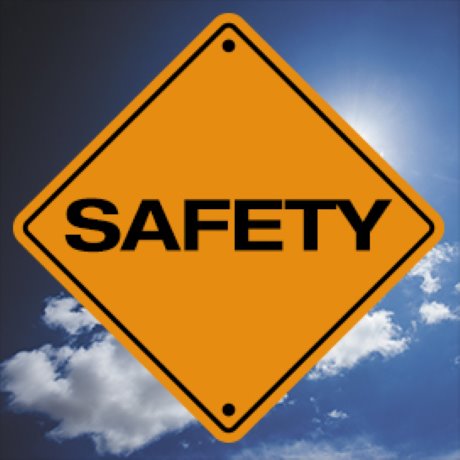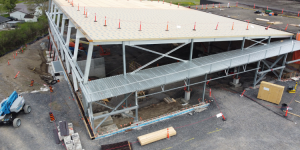Since the early 1990s, a B.C. organization that doesn’t specialize in construction safety has been representing Construction Safety Officers (CSO) in the province, and the head of the B.C. Construction Safety Alliance believes it’s time for change.
"B.C. is a real anomaly," said Mike McKenna, executive director of the B.C. Construction Safety Alliance (BCCSA).
"It’s the only jurisdiction in Canada that has a CSO designation owned by another entity other than a construction safety organization."
McKenna is referring to the Applied Science Technologists and Technicians of B.C. (ASTTBC).
"They need to get out of the way," he said.
Most of the ASTTBC’s members work in applied science technology fields such as architecture, bio-medical/civil/electrical/mechanical engineering, fire protection, house/onsite wastewater inspection and information technology.
Of the ASTTBC’s 11,000 members, it has about 350 registered CSOs in B.C., with another 50 pending, said Bruce Stevens, who has been the ASTTBC’s manager of construction safety registration for the last five years.
The BCCSA, represents about 390 Construction Safety Specialists (CSS), the designation it was forced to use because the ASTTBC holds a federal trademark on the CSO title and is the only provincial organization that can register CSOs.
According to McKenna, there are several thousand safety officers in B.C., who are not registered with professional organizations such as the ASTTBC or BCCSA.
Stevens’ worry is that there are people working in the industry as safety officers, who don’t possess qualifications recognized by the ASTTBC.
"The biggest concern we have is the misunderstanding of the title, Construction Safety Officer," said Stevens, an applied science technologist.
"People take a course and call themselves a construction safety officer (CSO), but by law, they can’t call themselves that."
Those who call themselves a CSO without being an ASTTBC member are misrepresenting themselves and putting their employer at risk, he said.
In fact, a case before the B.C. courts involves someone who said they were a CSO, but were, in fact, not an ASTTBC-registered CSO.
Following a workplace incident, the contractor is suing the would-be CSO, Stevens said.
One perk that comes from registration with the ASTTBC is that CSOs, as certified members of a professional association, can access professional Errors and Omissions and Commercial General Liability Insurance.
To be certified by the ASTTBC as a CSO, the prospect has to have three years of construction experience, know the 35 subject areas of competency, pass an ethics exam and commit to completing annual education.
"We have a very strict ethics-in-practice policy," Stevens said from his Kelowna office.
"Our members are held accountable and they have continuous advancing education."
Members, who run afoul of their professional regulations, can be reviewed by the ASTTBC’s Practise and Compliance Board, although that doesn’t happen very often, Stevens said.
A CSS meanwhile, requires at least three years of experience in administering health and safety programs at a construction site, must have completed external courses as well as BCCSA compulsory courses, which includes 100 hours of training and a job hazard analysis, said BCCSA training co-ordinator Shirley Huang.
The BCCSA doesn’t require its CSSs to complete ongoing upgrading once they’re certified, nor is there a review board, she said.
However, the BCCSA is examining whether its CSSs will be required to pursue further training even after certification, Huang said.
As well, the BCCSA continues to push forward with plans to bring in the National Construction Safety Officer (NCSO) designation from Alberta, where it was created and is administered by the Alberta Construction Safety Association, McKenna said.
Attempts over two years to work with the ASTTBC to have a single safety officer designation in B.C. that would have been under the BCCSA’s umbrella, were unsuccessful.
"Let’s get this alphabet soup figured out," McKenna said of the failed efforts to cook a deal with the ASTTBC.
Today, the ASTTBC remains in control of the CSO title.
Adding to the confusion is the WorkSafeBC requirement that a Qualified Safety Coordinator (QSC) must be present at a worksite that has overlapping or adjoining work activities of two or more employers that create a hazard to workers, and the combined workforce is more than five.
According to the Ministry of Jobs, Tourism and Skills Training, completion of the ASTTBC’s training doesn’t necessarily qualify an individual to be a Qualified Safety Coordinator within the meaning of the WorkSafeBC regulation.
The starting wage for a CSO is about $25 per hour and can rise to $45 or more per hour for senior CSOs, Stevens said.
Of the ASTTBC’s 350 CSOs, about 20 per cent are female and about 75 percent are based in B.C.’s Lower Mainland, Stevens said.











Recent Comments
comments for this post are closed